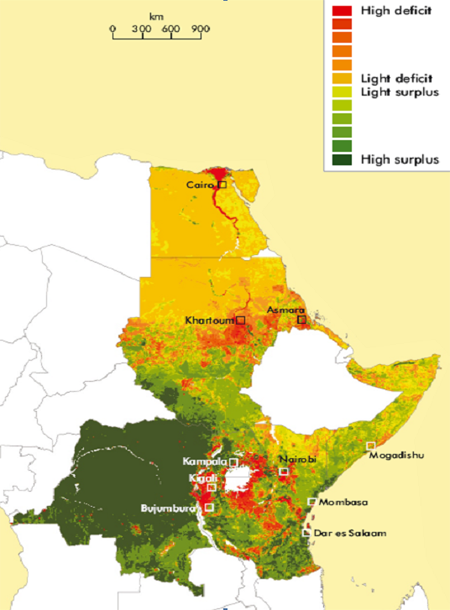
What’s interesting about this (uninspiringly titled) document, Implication of energy poverty on health & environment, is the roles it assigns to fuelwood and charcoal.
Consider this:
Fuelwood is more often gathered from the roadside and trees outside forests, rather than from natural forests. Clearing of land for agricultural development and timber are the main causes of deforestation in developing countries. Studies at the regional level indicate that as much as two-thirds of fuelwood for cooking worldwide comes from non-forest sources such as agricultural land and roadsides.
Here’s what it has to say about charcoal:
Charcoal, on the other hand, is usually produced from forest resources. Unsustainable production of charcoal in response to urban demand, particularly in sub-Saharan Africa, places a strain on biomass resources. Charcoal production is often inefficient and can lead to localised deforestation and land degradation around urban centres.
Scarcity of wood typically leads to greater use of agricultural residues and animal dung for cooking. When dung and residues are used for fuel rather than left in the fields or ploughed back into fields, soil fertility is reduced, increasing the propensity to soil erosion.
* Key to map Figure shows the supply and demand balance of wood resources in East Africa. Red areas represent the risk of environmental impact due to overexploitation. In these areas, the supply of biomass energy resources is insufficient to meet the demand. The red deficit areas in Tanzania, along the border with Kenya, are the result of high consumption of fuelwood and charcoal, stemming from high population density and low levels of production of woody biomass.

